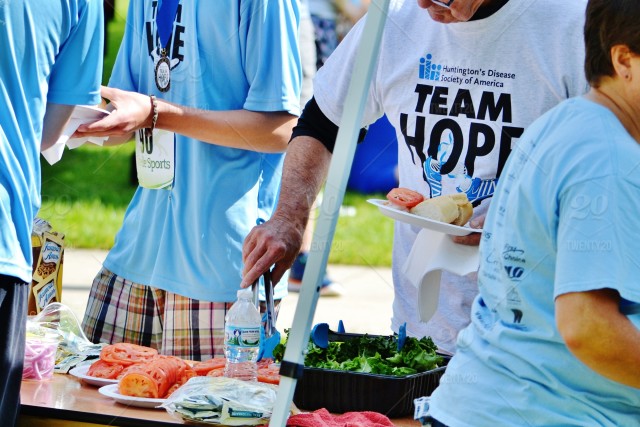With #GivingTuesday gaining momentum each year and the Ice Bucket Challenge just having set a new bar in viral fundraising it is impossible to ignore the influence exerted by social media on real-world social engagement. Both of these phenomenon successfully channeled traits inherent to social media into a far reaching movement for good. The Ice Bucket Challenge essentially leveraged the “selfie” culture into something bigger and better. “Look at me” became “look at me doing something for a good cause.”
It seems there is a great opportunity to take the lessons of the Ice Bucket and Giving Tuesday to challenge people to take a look at themselves and ask what they can do to make a difference. However, therein hides a social experiment. Donation based challenges benefit from easy participation. It takes very little time or thought to make a donation or dump some water on your head. This is not a criticism, just a fact. The question is will people get out and find a way to do something that matters? Everyone has something to offer, but will they take time to find it? For example, I recently learned of Brad Fremmerlid, a non-verbal Autistic man who was considered unemployable until he started assembling Ikea furniture. He now earns a good income doing something he is actually better at than most. So much for unemployable! He could easily apply those skills to someone who is less able. If even he, someone society was prepared to write-off, has something to offer, surely everyone could find something. When they do the affect would be massive.
The Bureau of Labor Statistics reports that in 2013 25.4% of Americans participated in some form of volunteering and on average each contributed a staggering 50 hours per year. These are not one-off contributors, but habitual, repeat participants. Helping others is clearly addictive. Now, if the ice bucket equivalent of volunteering took hold, and with nearly 75% of the population available to be mobilized, there could be a new army of volunteers hooked on doing what they can.
Better yet, if the corporate support for #GivingTuesday were replicated, the reach could be magnified by removing a huge barrier to getting involved: time. Perhaps employers like Microsoft and Hyatt Hotels could match their staff’s unpaid volunteer time with paid hours off to continue giving back. This would parallel their financial support for #GivingTuesday and potentially seed an entirely new group of volunteers with a taste of getting personally involved. Or instead companies could repurpose the often dreaded “team building” events into a community days. Wouldn’t a day spent together helping others build bonds and memories every bit as powerful as a day spent on trust-fall exercises and speakers? Granted the focus is somewhat different, but I would argue leadership, communication and team work can be taught in the context of service as well as any team focused event.
What if schools got involved? There are days off classes for field trips to places like museums and outdoor centers. Why not have a volunteer “field trip” and take classes to the local food bank, seniors complex or animal shelter? Obviously the specific organization or project would depend on the age, location and needs of the kids, but I think exposing students to volunteerism early could seed that for life. And not to mention the social awareness this would bring to the overall education being delivered.
Finally, we have seen local government support for #GivingTuesday, encouraging citizens to give and promoting particular projects in needs. The exact same contribution could be made to a volunteer based campaign, only with an added benefit. Where financial contributions are very valuable, personal contributions not only help in the moment but also build closer, more responsive communities; something every city, town or state surely aspires to.
There is no shortage of ideas on how these contributions could be generated, tracked and recognized. We could even “gamify” the process, tracking individual, groups, and businesses to see who did what and the differences made in the lives of others. It seems every week a new inspiring story of people helping people hits the local news. Now imagine the success stories that could come out of a coordinated effort to produce good deeds? Why not track and recognize the people behind them?
We know challenge based campaigns work. We know the “me” focus of social media can be channeled into “we”. When recognition, technology and social good come together, there is huge potential for impact. It’s time for that combination to be taken to volunteerism and getting boots on the ground, not just dollars in the bank.

